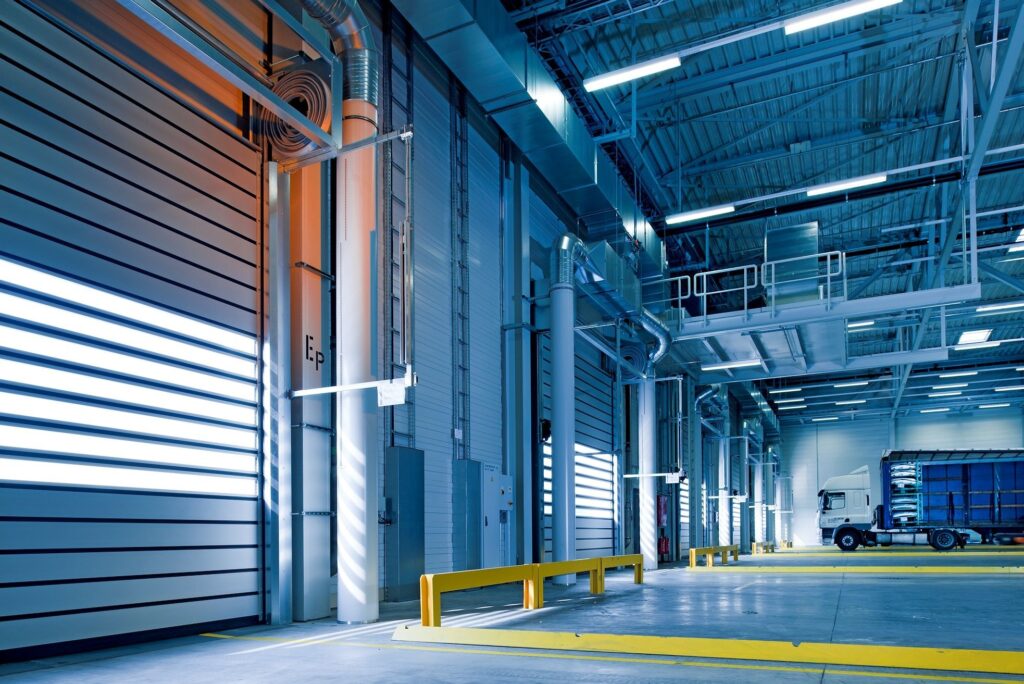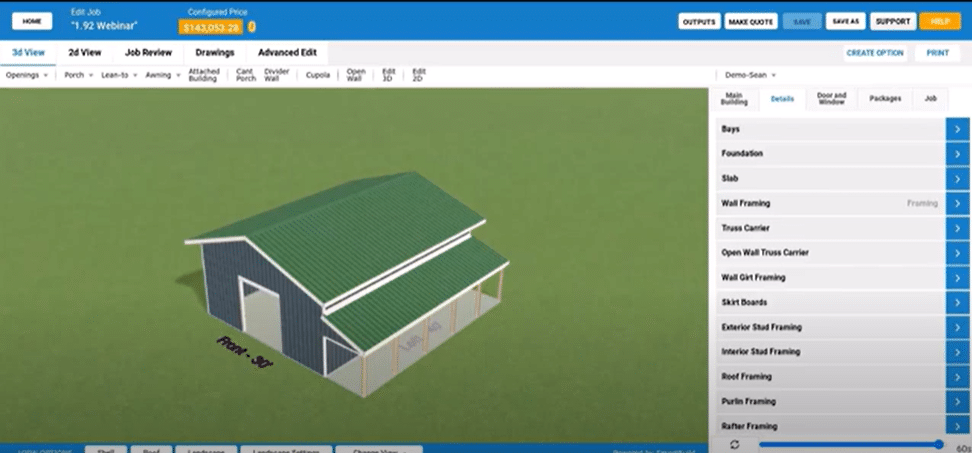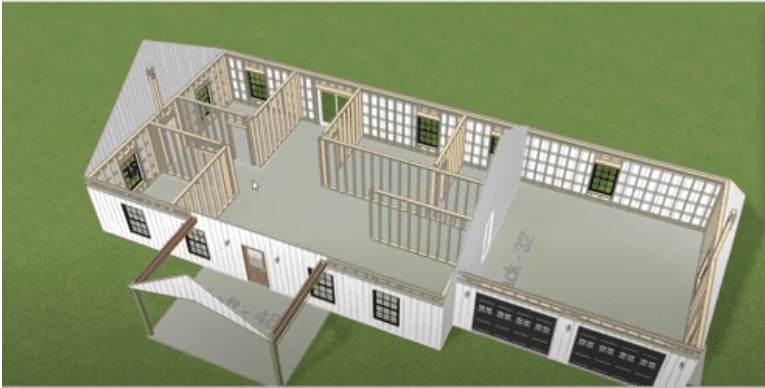Top 4 Benefits of Steel Structures and Why They Are Becoming the Standard
There are three main categories of industrial buildings: manufacturing; storage and distribution; and flex spaces, which include showrooms, data centers, and research and development buildings. Steel structures are an excellent option for industrial facilities, offering a range of advantages over traditional construction materials, including flexibility, strength, durability, and versatility. In addition, steel provides the most economical and highest strength-to-weight ratio of any building material, according to WorldSteel.org.
Steel has proven to meet the needs of industrial businesses over time and is the leading choice for developers and contractors alike due to its flexibility, durability, and versatility. In the words of Kenneth D’Souza, Technical Expert IZA Canada, “Light Gauge Steel Framing is a modern and efficient construction technology which is getting popular all over the world.”
Flexible
Design flexibility is a crucial requirement for industrial space. Due to the specialized needs of different businesses, industrial spaces need to be optimized for high productivity, optimal workflow, and large equipment. Because steel is a flexible material, it can be used to create long spans and other architectural features that would not be possible with other materials.
Steel buildings featuring clear-span framing do not require interior columns or support walls leaving the interior completely customizable. Clear-span also allows for the maximum ceiling height many industrial buildings need.
Durable
Structural steel is one of the most commonly used materials in commercial and industrial building construction. Steel is lighter and stronger than other building materials, making it easier to construct and more durable in the long run. It is also non-combustible and resistant to wind and seismic activity, making it an ideal choice for industrial structures in areas prone to natural disasters. Additionally, steel buildings are not susceptible to rot, termites, or mold. It’s the Superman of building materials!
Versatile
Structural steel can be developed into nearly any shape when the steel is bolted or welded together during construction, which makes various applications such as warehouses, factories, and office buildings achievable. The design flexibility of steel is immense. Steel can provide a cost-effective solution, whether it is a manufacturing building, distribution warehouse, or a data center.
Cost-effective
Easier installation with less material waste keeps the costs of building with steel down during construction. Up to 3 months or more can be shaved off the schedule of a mid-rise project, according to SteelFramingAlliance.com. In addition, cold-formed steel construction involves pre-fabricated items manufactured off-site and can be rapidly installed on-site with minimal problems.
Metal Building Design Software for the Win!
With all these benefits, it’s no wonder steel structures are so popular for industrial buildings. But wait, there’s more!
SmartBuild Systems is the construction industry’s only complete design system for pole barn and metal buildings, roofing, and re-roofing. Simple enough for anyone to use, this web-based software quickly generates a 3D model, material lists, pricing, proposals, and construction documents for almost any post-frame building, metal structure, or roof.
Get in touch with SmartBuild Systems today to learn how much easier it will be to design your next steel building using our metal building design software.






